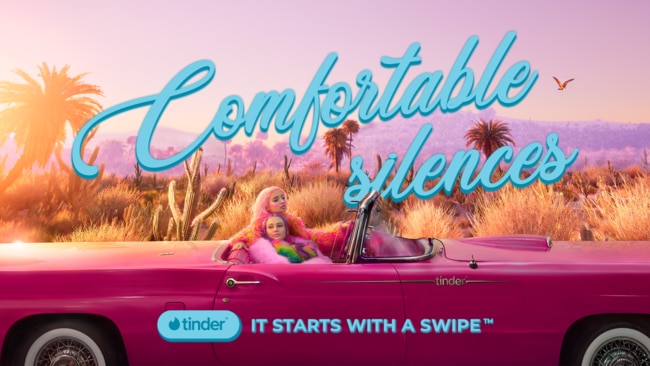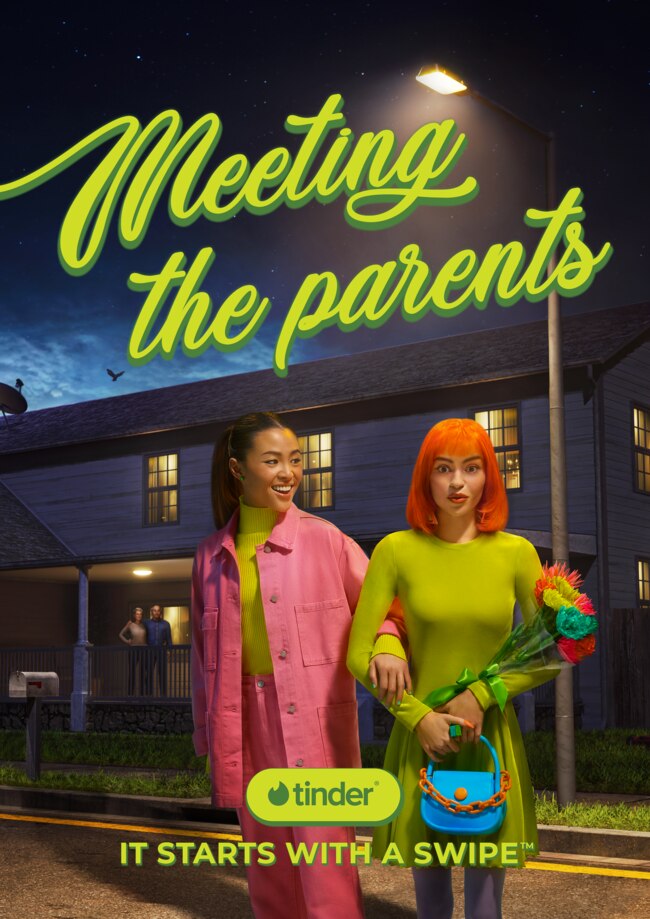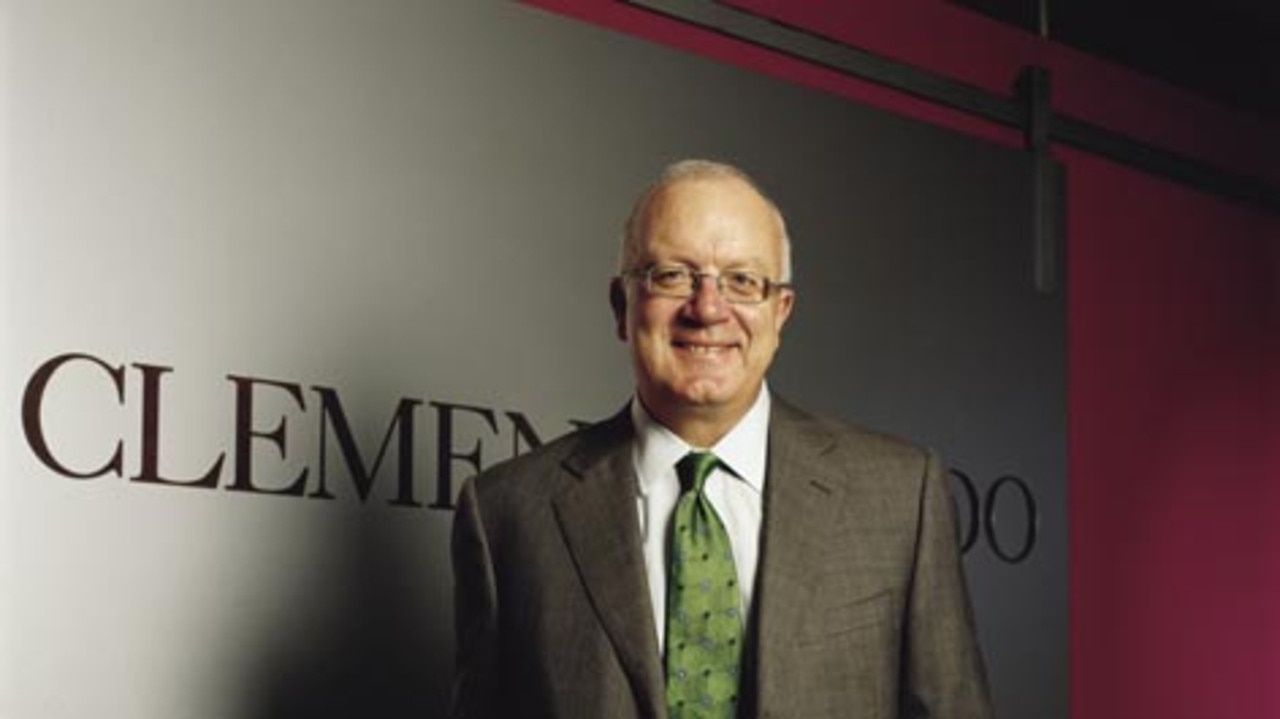Match Group revenue flat with signs of growth ahead for dating app Tinder
Tinder was a focus in Match Group’s latest quarterly earnings, as the company pins its hopes on shifting the perception of the dating app’s brand.

Dating app Tinder is increasing its marketing spend as part of a long-term plan to change the perception of its reputation as a platform primarily for “one-night stand” connections.
According to the dating app’s owner, Match Group, the platform has always relied on “virility”, but in its latest quarterly earnings released last week, it told investors it believes its limited investments in building a brand narrative has negatively impacted Tinder’s brand perception and new user growth.
The app’s recent marketing and product-improvement efforts were a focus in Match Group’s earnings report, as the business reported a softer than expected flat year-on-year revenue of $441 million. Tinder’s “freemium” revenue model means that 80 per cent of its users never pay to use its services, however 20 per cent spend on subscriptions, and add-ons such as “super likes” and “boosts”, which tout opportunity for better matches.
In a letter to investors, Match Group said that while the results of its recent marketing activities are not yet easily visible in its financial results, it is seeing early signs of growth that it expects will help Tinder close 2023 in a stronger position.
This contrasts with another dating app Hinge, where revenue was up 27 per cent year-on-year. It’s one Match Group’s star-performers with a “strong brand”, and, referencing its paid subscription tiers “plenty of runway on monetisation”, which it called out in the report.
In February this year, Tinder launched its first global marketing and ad campaign “It Starts with a Swipe”, which was rolled out in the Australian market in April, targeting Gen Z audiences and in particular, younger women.
The campaign marked the first time the decade-old dating app had invested in brand narrative.
Speaking to The Growth Agenda, Tinder’s chief marketing officer Melissa Hobley said: “The narrative got away from the brand. And I‘m really humble about that and kind of own it.”
“When you don‘t tell people what you are, they will come to their own conclusion. And listen, being in the dating space is not easy, because dating is not easy. And dating and courtship has never been easy. And I do think that gets a little bit lost. There’s no generation where that was easy.”
“What we want to achieve as a business is saying, for the first time ever, this is what we stand for and this is what we are, in a big way.”

“We are increasing our spend, and I think you need to do that when you are reclaiming the story of who you are,” Ms Hobley said.
To create the social media and out-of-home ad campaign, Tinder engaged US-based creative agency Mischief, who were tasked with communicating the wide range of connections people can make on the app, beyond the “hook up” perception it has become widely known for.
The attitudes of its members guided the approach. Tinder tuned in to the desires of its audience of 18-25 year-old singles in their dating pursuits; 31 per cent of Gen Z members were looking for a long-term relationship on the app, and only 14 per cent were after a short-term connection.
One TikTok ad, alludes to signs of the kind of long-term love to be found on the app. The video depicts a woman rising from her bed with the voice over “When you got on Tinder you weren’t looking for anything serious”. The love-seeking woman makes her way to the bathroom, as the camera pans to a male silhouette behind a shower curtain. The voice continues “And now you have a toothbrush at his place”.
Through the narrative, the app instead wants to highlight the “modern-day hook up”, as well as relationship milestones, such as meeting friends, and more defined commitment milestones such as meeting parents.
The campaign also a noticeably inclusive one, and tells the stories of a range of relationship types and is representative of a range of genders, orientations and ethnicities.
“I do feel a responsibility and an opportunity for Tinder to elevate queer love and to show all kinds of connection and all kinds of love and to lift up the daters who certainly have not felt that today in Australia, in the US and Europe,” Ms Hobley said.
Early metrics suggest the campaign is resonating with its female audience aged 18-24, with brand consideration up 3.3 points and brand intent up 3.7 points.
“I hope that it makes people think about the possibilities that exist here, and that they‘ll try us, or they’ll come back,” Ms Hobley said of the new campaign. “And then I get a wedding invitation.”







